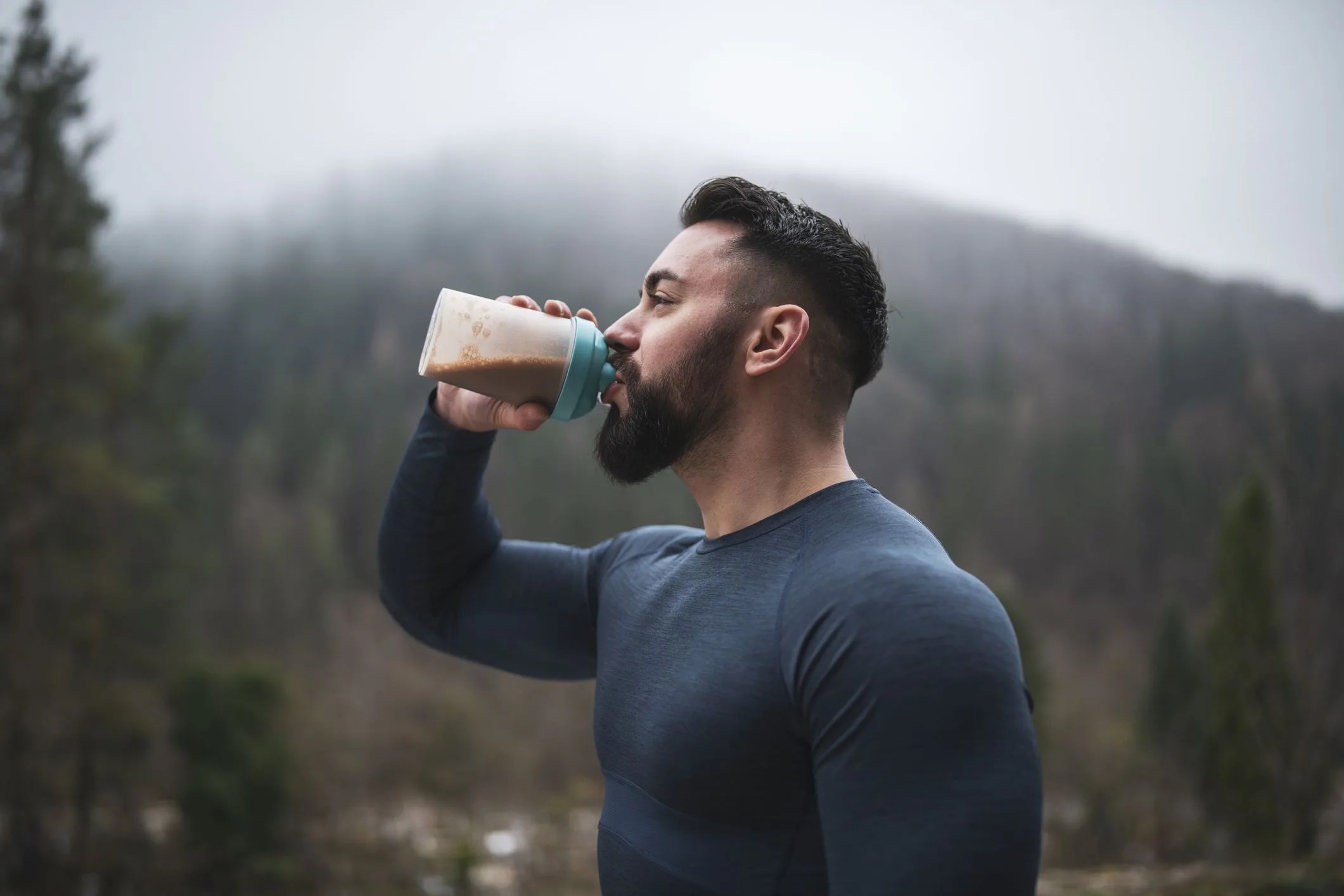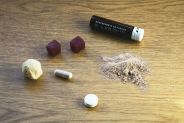Chances are, you’re using the wrong protein supplements, and you’re probably using them in the wrong way, too. With 85,000 supplements available in the US, some 255 million people take one or more daily. Yet, there are only a handful of full-time government staff overseeing the market, despite many cases of contamination. It’s the equivalent of a John Wayne movie, with many outlaws and few sheriffs.
The overwhelming number of options and variation in quality is problematic. The costs of taking a supplement contaminated with heavy metals, solvents and other toxic ingredients results in an estimated 23,000 hospital visits annually. The solution for this problem — not knowing what’s really inside a container or where it came from — is a mix of education and better vetting. We can’t cover all that in one article, but we can get you started on a path towards research-backed ingredients, precise ratios and fewer GMOs, with the help of a couple experts.
Roxanne Vogel has spent the past decade focused on nutrition research, in academia (her career) and as her own guinea pig in the field. During the day she works as the Nutrition and Performance Research Manager at GU Energy Labs, a leading sports nutrition company, and at night she’s working on a Ph.D. in Exercise Physiology and Sports Nutrition, specifically on how supplements improve athletic performance. In 2019 she set the fastest known time on Everest, climbing it in just 10 days while collecting data on herself.
Jordan Mazur holds a Masters in Exercise Science and Sports Nutrition, is a registered dietician, and works for the San Francisco 49ers as the Director of Nutrition. He oversees the nutrition for all of the athletes on the team, including their protein. On the side he advises Momentous, another leading supplement company, on the right ingredients and ratios for their protein mix.
 Momentous
Momentous GU Energy Labs
GU Energy LabsHere’s their best advice on the best kinds of protein supplements, when to take them and how much protein we should be including in our diets.


